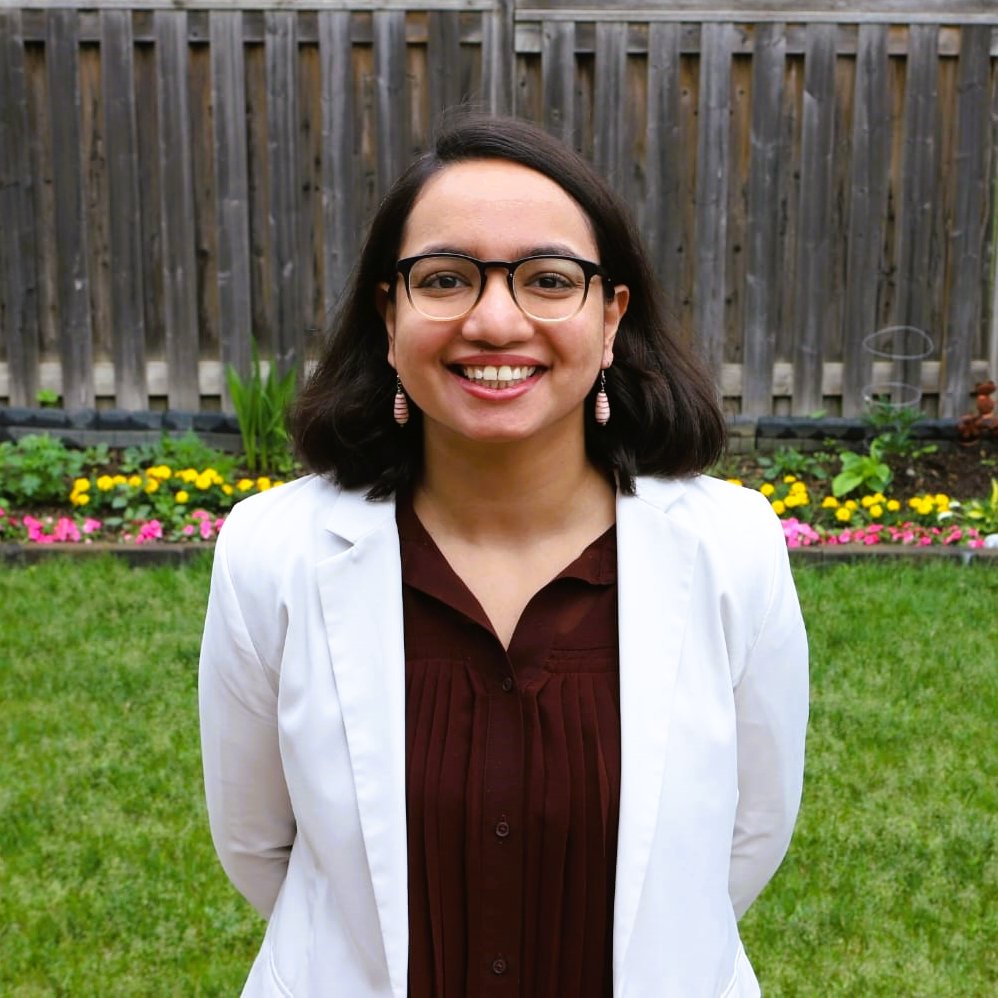Source: Rader B, Upadhyay UD, Sehgal NKR, Reis BY, Brownstein JS, Hswen Y. 2022. Estimated Travel Time and Spatial Access to Abortion Facilities in the US Before and After the Dobbs v Jackson Women’s Health Decision. JAMA. Available at: https://jamanetwork.com/journals/jama/fullarticle/2798215
In June 2022, the U.S. Supreme Court’s decision in Dobbs v Jackson Women’s Health Organization ended the federal constitutional right to abortion care. Complete abortion bans are effective in 13 states, while 11 states have partial abortion bans based on the age of the fetus or are likely to implement bans soon. Research revealed that abortion patients in these restricted states are more likely to be black and low-income individuals compared to states where abortion is currently legal. Most patients reported having to cross state lines to access care.
Each additional 100 miles of travel distance was estimated to prevent an added 21 percent of individuals from obtaining an abortion even before the ban. Current abortion restrictions increased the average travel time to a clinic by over 4 hours. Individuals living more than an hour from abortion clinics are more likely to be low-income and less likely to have health insurance or a high-school diploma. Accessing abortion clinics is particularly challenging for Black, Hispanic, and Indigenous populations, and these communities continue to report the highest maternal mortality rates in the United States.
Studies indicate that lower earnings, insufficient job security, and higher incarceration rates among minorities in abortion-ban states exacerbate limitations in healthcare access. Public-private partnerships can mitigate some of the burdens these groups face, such as investing in clinics and public awareness programs, and providing financial assistance to uninsured individuals.


